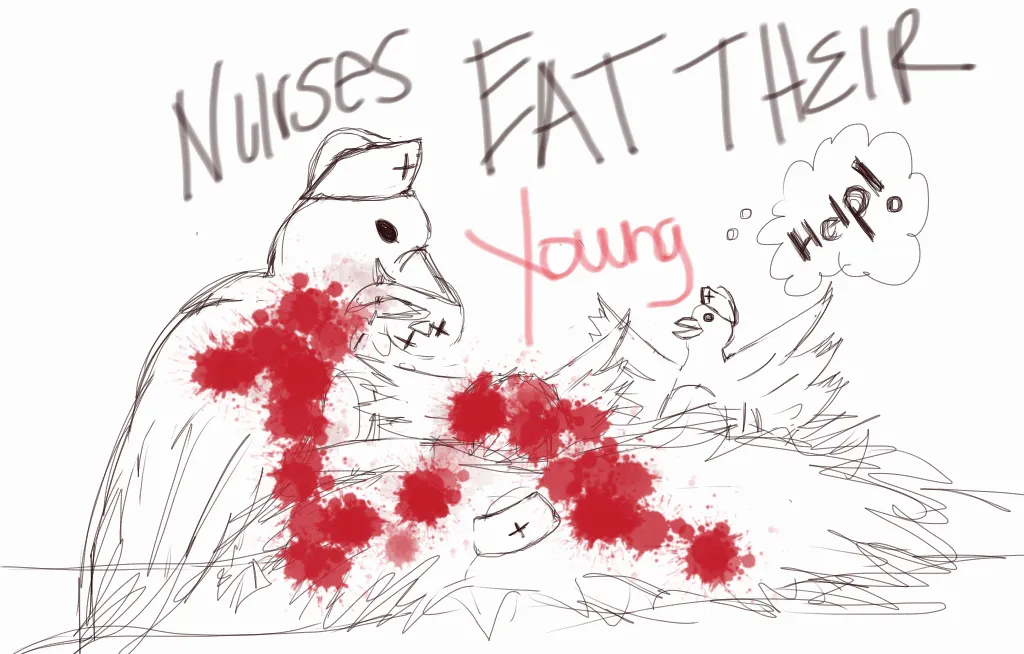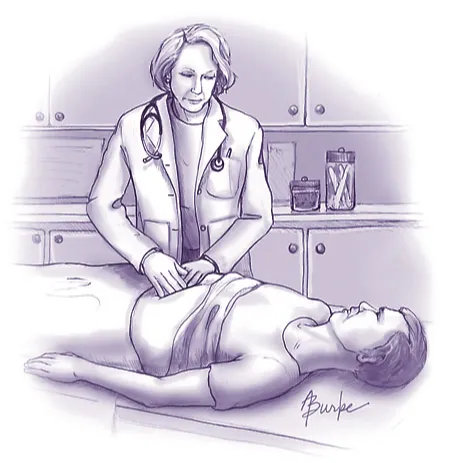Critical Care Journal of Nursing

Evidence Based Practice - Ultrasound Guided Peripheral IV Placement
Tags: catheters clinical nurse critical care Emergency nurse patient safety
This study aims to show that nurse driven placement of ultrasound guided peripheral intravenous access in the emergency department will improve patient care.
Read More →
Critical Care Chronicles
Tags: critical care Family Presence ICU intensive care unit support
Utilizing a journal for Intensive Care Unit patients to help manage the day to day challenges, physically and emotionally during their stay. Along for emotional release, better communication, or recollection of the events that took place.
Read More →
A Nursing Approach to the Efficacy of Corticosteroids in Community Acquired Pneumonia Treatment
Tags: critical care morbidity mortality nursing nursing community
This study aims to describe the use of corticosteroid therapy in treating community-acquired pneumonia (CAP), determine differences in morbidity and mortality between groups receiving corticosteroids and groups receiving standard care, and examine relationships among clinical outcomes. This literature review will explain and determine the effect of corticosteroids on patient recovery and assess the efficacy and safety of corticosteroids in CAP treatment.
Read More →
Current and Future Educational Challenges for the Nurse Educator
Tags: critical care education future of nursing graduates Nurse Educator nurse shortage nursing faculty teacher
This article explores current trends in nursing education.
Read More →
Factors Influencing Job Satisfaction in a Population of Critical Care and Emergency Nurses
Tags: critical care emergency emergency department Emergency Nurses Job Satisfaction night shift nursing leadership recruiting work environment
An exploratory study examining the contributing factors to nurse job satisfaction.
Read More →
Scope of Advanced Practice for Nurses in the United Kingdom
Tags: advanced practice apn clinical critical care ICU nursing leadership united kingdom
A 3,500 word article which critically discusses advanced practice for nurses within the United Kingdom. This was originally written for an MSc in Advanced Practice.
Read More →
Therapeutic Hypothermia Management
Tags: cardiac cerebral ischemia critical care hemorrhage Hypothermia perioperative recommendations Subarachnoid Hemorrhage Therapeutic Hypothermia therapy traumatic brain injury treatment
The leading cause of death in North America is heart disease, resulting in 611,105 deaths in the last year. Cardiac arrest accounts for more than 300,000 heart disease related deaths. Patients that receive early quality chest compressions and defibrillation present with increased survival rate, however, the degree of brain dysfunction varies. The advancement in cardiopulmonary resuscitation after cardiac arrest and the use of therapeutic hypothermia have minimized brain injury and improved neurologic outcome. In 2002, two studies demonstrated the use of therapeutic hypothermia after cardiac arrest proving to lower mortality rate and have neuroprotective effect. This led the American Heart Association and the International Liaison Committee on Resuscitation to recommend the implementation of therapeutic hypothermia after the return of spontaneous circulation post-cardiac arrest. Mild hypothermia is also utilized in traumatic brain injury to control cerebral edema and to decrease intracranial pressure (ICP), cerebral ischemia, and subarachnoid hemorrhage (SAH). However, clinical effectiveness for subarachnoid hemorrhage is still questionable. This paper will focus on the recommendations for therapeutic hypothermia after cardiac arrest as well as a briefly discuss its use for clinical trials in traumatic brain injury, cerebral ischemia, and SAH.
Read More →
Embracing Change
Tags: critical care Emergency nurse ICU ICU Nurse nursing experiences surgical unit transition
Exemplar of my nursing experience of my transition from ER nurse to an ICU nurse.
Read More →
American Association of Critical-Care Nurses Brings its National Nurse Leadership Skill-building Program to Texas
Tags: aacn American Association of Critical-Care Nurses critical care innovation training program leadership skills nursing skill-building
The American Association of Critical-Care Nurses (AACN) expands its hospital-based nurse leadership and innovation training program to a fourth region with the addition of eight Austin-area hospitals. AACN Clinical Scene Investigator (CSI) Academy is designed to empower bedside nurses as clinician leaders and change agents whose initiatives measurably improve the quality of patient care with bottom-line impact to the hospital.
Read More →
Acute Renal Failure
Tags: acute renal failure Case Study critical care health care nurse patient concern patient outcomes
Acute renal failure (ARF) has become increasingly common in patients with critical illnesses. Up to two-thirds of intensive care unit (ICU) patients develop ARF with the leading cause being sepsis. Treatment of ARF has been associated with higher costs and the following adverse outcomes: increased length of stay, excess mortality of 30-71%, need for chronic dialysis in the patients who survive, and the requirement of discharge to short-term or long-term care facilities.
Read More →
Family Presence During CPR in the Emergency Department
Tags: Bedside Manner cpr critical care emergency emergency department Emergency nurse family Family Presence nurse
A descriptive survey conducted in 2000 (Myers, et al 2000) investigated attitudes and beliefs of patients’ families and ER staff members about FWR. The survey reported that 98% of patients’ families indicated that they had a right to be present and would do it and would participate in FWR again; 100% of family members said that FWR was helpful to them, and 95% said it was helpful for the patient. It also showed that 70% of professionals surveyed after their participation in FWR actually produced a higher level of “professional” behavior along with a more “professional” bedside dialog amongst the health care team. The survey also indicated that having the family in the resuscitation room prompted the staff to take the patient’s dignity, privacy, and need for pain management into greater consideration when compared to an un-witnessed resuscitation effort. (Myers, et al 2000)
Read More →
Thyroid Storm and the AACN Synergy Model
Tags: aacn Case Study crisis critical care hypermetabolic storm synergy thyroid
Thyroid storm, or thyrotoxic crisis is a rare, but critical hypermetabolic state requiring emergent treatment.
Read More →Get Published for Free
Browse by Tag
advocate aging anesthesia behavior cardiac care Case Study child children clinical compassion COVID-19 critical care death diabetes disease education emergency department end of life ethical principles ethical values ethics future of nursing health health care ICU medication mental health nurse Nurse Education nursing nursing education nursing ethics nursing faculty nursing school nursing students PACU patient care patient outcomes patient safety pediatric poem profession risk factors stress student nurse students teaching therapy treatment
Most Popular Last Month
More from RN Journal
Providing Appropriate Nursing Care for the Developmentally Disabled Child
Seconds Of Safety Port Angeles, S.O.S. PA
Euthanasia, Assisted Suicide, and Nursing
Navigating Resource Challenges in Nursing Education: Perspectives from a Dean of a Nursing Program
The Importance of Networking in Nursing School
Teach Your Children CPR
Nursing with a Movement Disorder... DYSTONIA
When does treatment become a life sentence?
Examining the Transition for New Graduate Professional RN









